7 reasons why Caterham’s Seven is still going strong
In May 1973, Colin Chapman and Graham Nearn shook hands in an appropriately-named north London pub. Chapman signed over the tooling, designs, and rights to the Lotus Seven, that he had been selling since 1957, at the bar of the Lotus in Primrose Hill. In that moment, Caterham Cars was born.
Nearn named his new company after the small town in Surrey where he built his factory, and a month after his deal with Chapman the first Caterham Sevens were rolling off the production line at the rate of just one per week.
In the 50 years since, Caterham has sold 22,000 Sevens in over 100 different variants, powered by more than 35 different engines. In 2021, under new owners VT Holdings of Japan, the company achieved record sales.
So what is the enduring appeal of this tiny tearaway?

1. It’s still true to Colin Chapman’s philosophy
“Simplify, then add lightness” was Chapman’s manifesto, and it’s hard to imagine a car that exemplifies that better than the Seven. Early Sevens weighed in at around 725 pounds, and today even the heaviest model tips the scales at only 1344 pounds and compensates with almost 10 times the horsepower. There’s almost nothing to these cars but a steel spaceframe and flimsy aluminum body panels, a powertrain, and two seats. You can’t get much more simple than that.
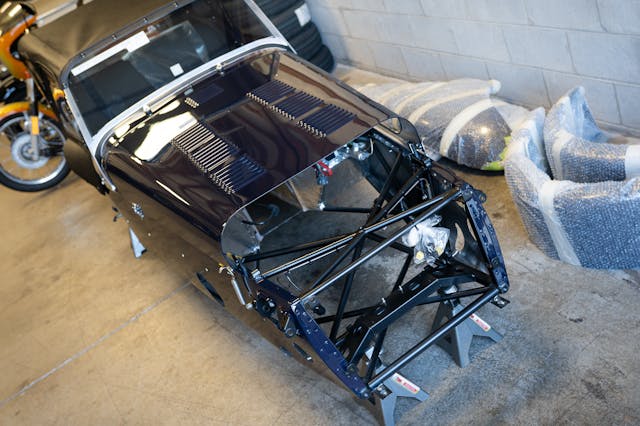
2. You can build it yourself
Lotus offered the Seven in kit form, and Caterham continues to do so. In fact, it’s the only way you can get a new one in the U.S. Caterham estimates that it will take a competent mechanic 80–100 hours to build one. Hagerty’s own Sam Smith has built a handful of them. Oh, and if assembling a full-size Seven is a little daunting, then you can always opt for the Lego version.

3. It’s made for racing
Caterhams have been racing since the very beginning, with the sixth car ever made competing in the 1973 Grande Prémio Café de Angola. In the 1990s, Caterham founded its own race series, initially known as the Scholarship and now called the Caterham Academy. Today a full season with trackside support in the U.K. series costs less than $50,000, and that includes tuition, race license, and a road-legal race car.
4. You don’t need big horsepower for big fun …
The first Seven was powered by a 1.7-liter Ford sidevalve engine that mustered just 36 horsepower. The current entry point to Caterham ownership is the 170, powered by a minute 660cc turbocharged Suzuki motor delivering 85 horses. In stripped-out R guise, the car weighs just 970 pounds, so you’ll see 60 mph from rest in 6.9 seconds and top out at over 100 mph.
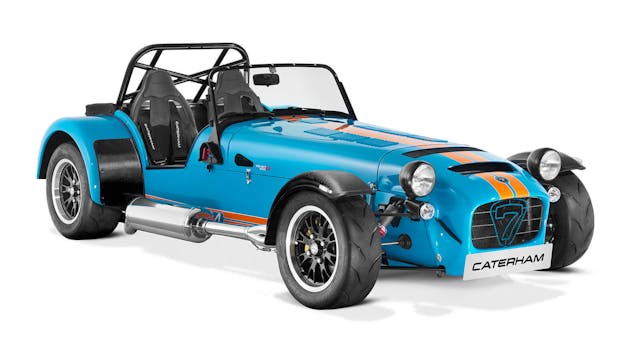
5. But the power is there if you want it
Since the 1980s, Caterham has given power-hungry customers the option of supercar-slaying performance. In 1986, it launched the HPC powered, by a Cosworth 1700 engine, and buyers had to take a High Performance Course to get behind the wheel and master its 300 horsepower per ton. Then, 1992 saw the launch of the Jonathan Palmer Evolution with a 2.0-liter, 253-hp Vauxhall engine that was developed by Swindon Racing Engines for service in the British Touring Car Championship. Upping the ante in 1999 was the R500, powered by a 1.8-liter Rover K-Series engine and delivering over 500 hp per ton. Today’s fastest 620 pocket rocket uses a supercharged 2.0-liter Ford Duratec motor for 314 hp. It will reach 60 mph from rest in 2.79 seconds and blast through to a breezy 155 mph.

6. It’s a record-breaker
Caterhams have found themselves in the record books on many occasions. The JPE (above) was the fastest accelerating production car in 1992, reaching 60 mph in 3.4 seconds, and a modified Honda Fireblade-powered Seven racked up the fastest speed in reverse at 102.52 mph in 2001. In 2011, Caterham did 566 donuts non-stop, and in 2017 scored the highest number of donuts in 60 seconds. Olympic-winning cyclists Sir Chris Hoy spun the car 19 times in minute.
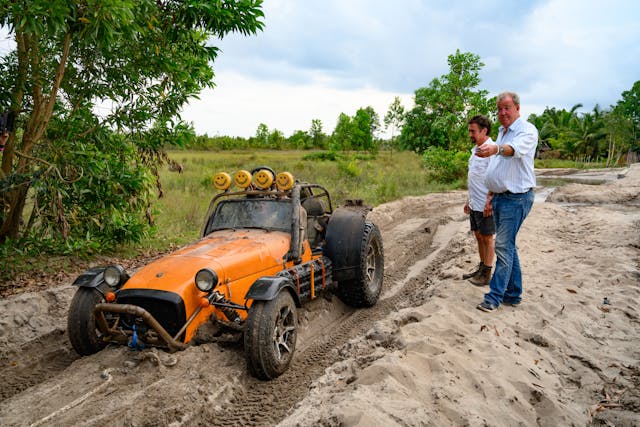
7. It’s a surprisingly capable grand tourer
In 2000, Caterham introduced a larger SV chassis option, which added three inches to the car’s length and 4.3 inches to its width, making it a tad more comfortable for larger occupants. Despite its incredibly basic nature, the Seven can be quite the grand tourer. James May proved that by bouncing a modified 310 R around Madascar in The Grand Tour in 2020, while I managed to squeeze in a week’s worth of camping equipment to visit seven of Britain’s best roads in seven days in my own Roadsport.
***
Check out the Hagerty Media homepage so you don’t miss a single story, or better yet, bookmark it. To get our best stories delivered right to your inbox, subscribe to our newsletters.

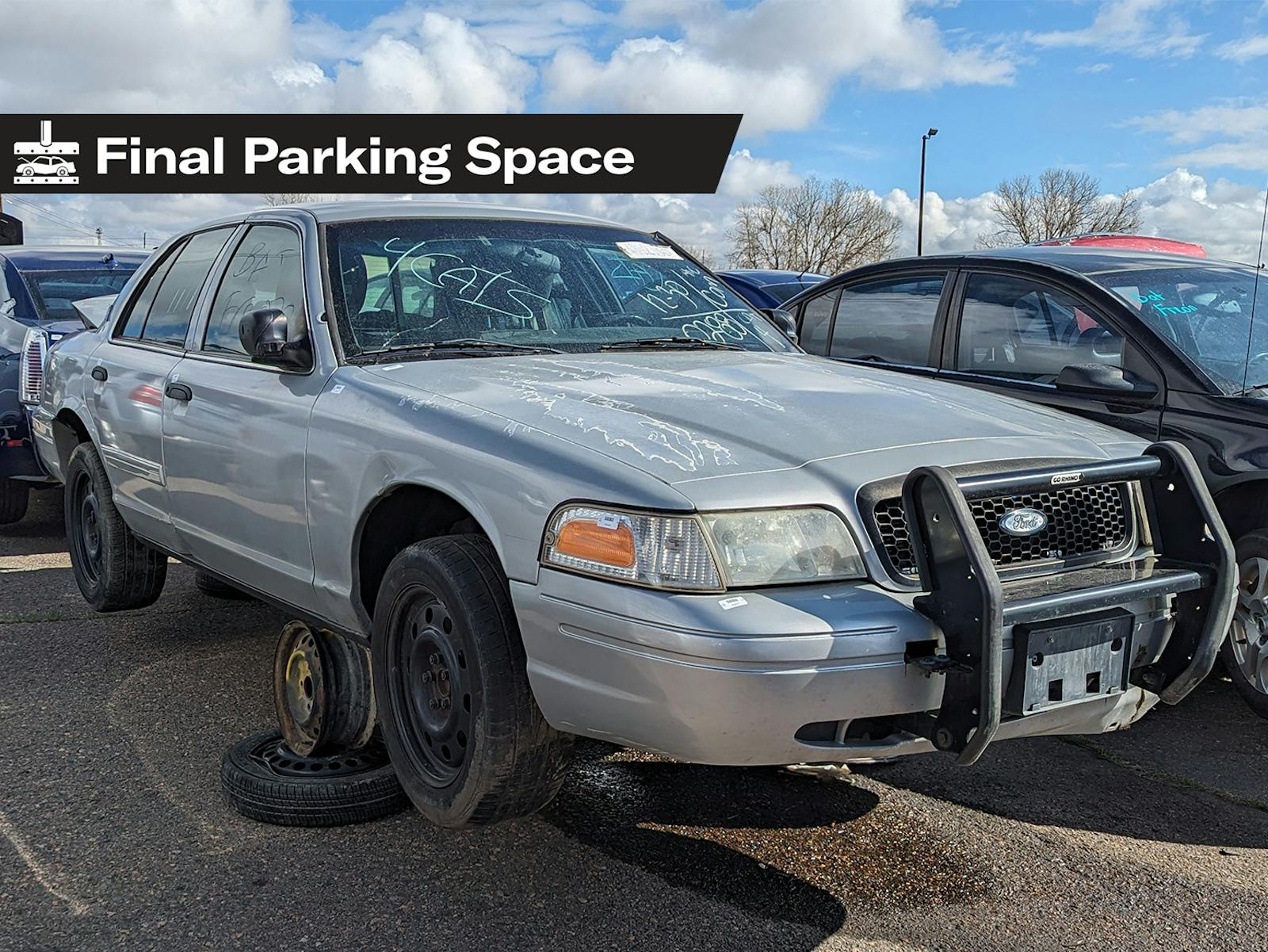
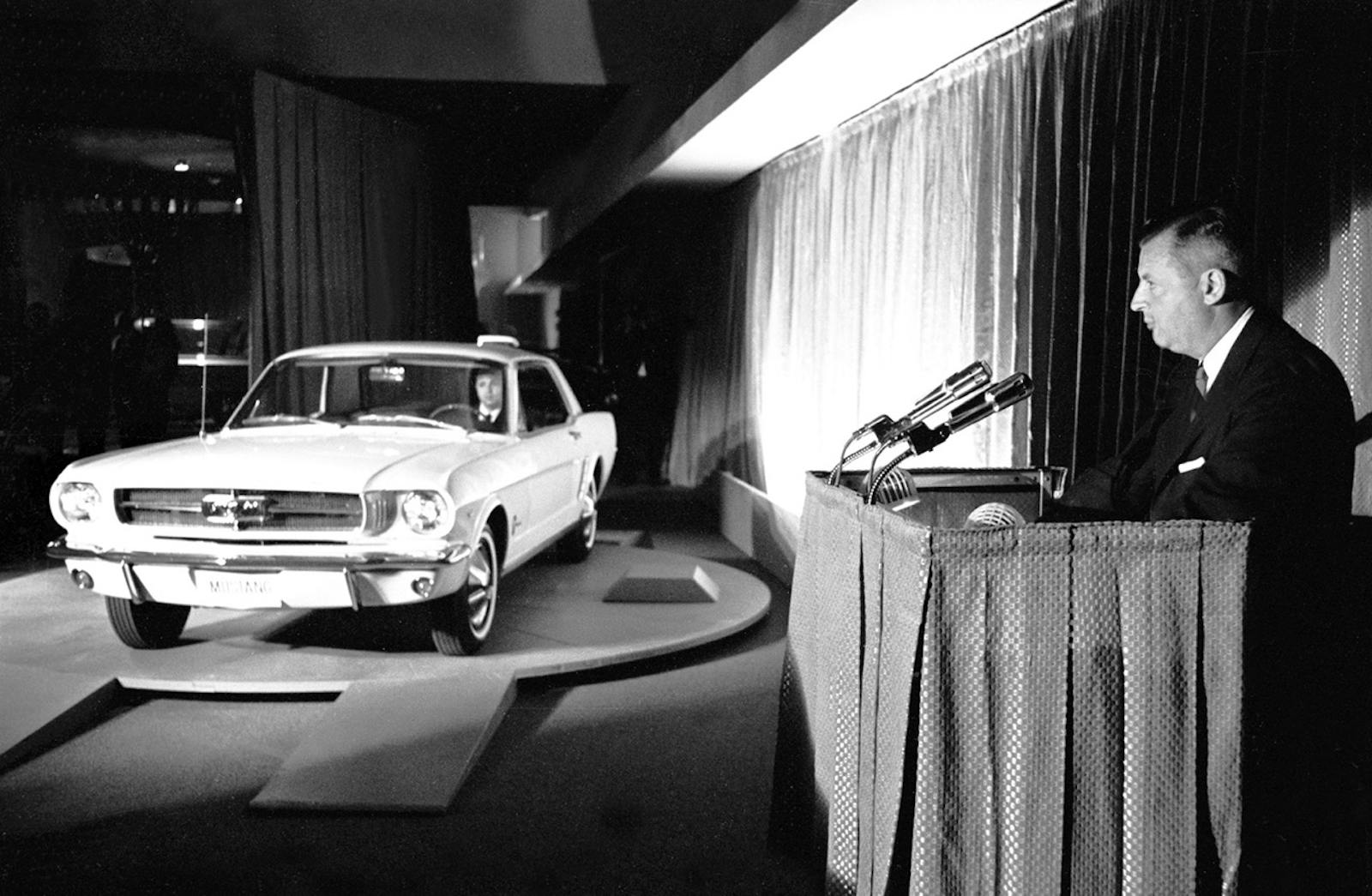
This is a special car for special buyers. They are a car that many would love due to the basic nature that makes it appeal to the small group of fans.
I find them fascinating and to be honest one of the best kit car options out there.
A friend owns a real Lotus version and while it is nice it is much too expensive and old to really beat on it. You can get a new one built it faster and better and beat the living crap out of it and extract ever ounce of fun it can provide.
AAlso it is not just another 5.0 Cobra kit car that was still not built right.
It’s the ultimate go kart for the street.
Displacement correction on the first Seven. It was 1.1 not 1.7. The engine was Ford’s ubiquitous 1172 cc E93A flathead as found in Anglia’s and Prefect’s. Many of the cars had cylinder head and carb improvements including the Coventry Climax OHV conversion.
It was in the TV Series the Prisoner.